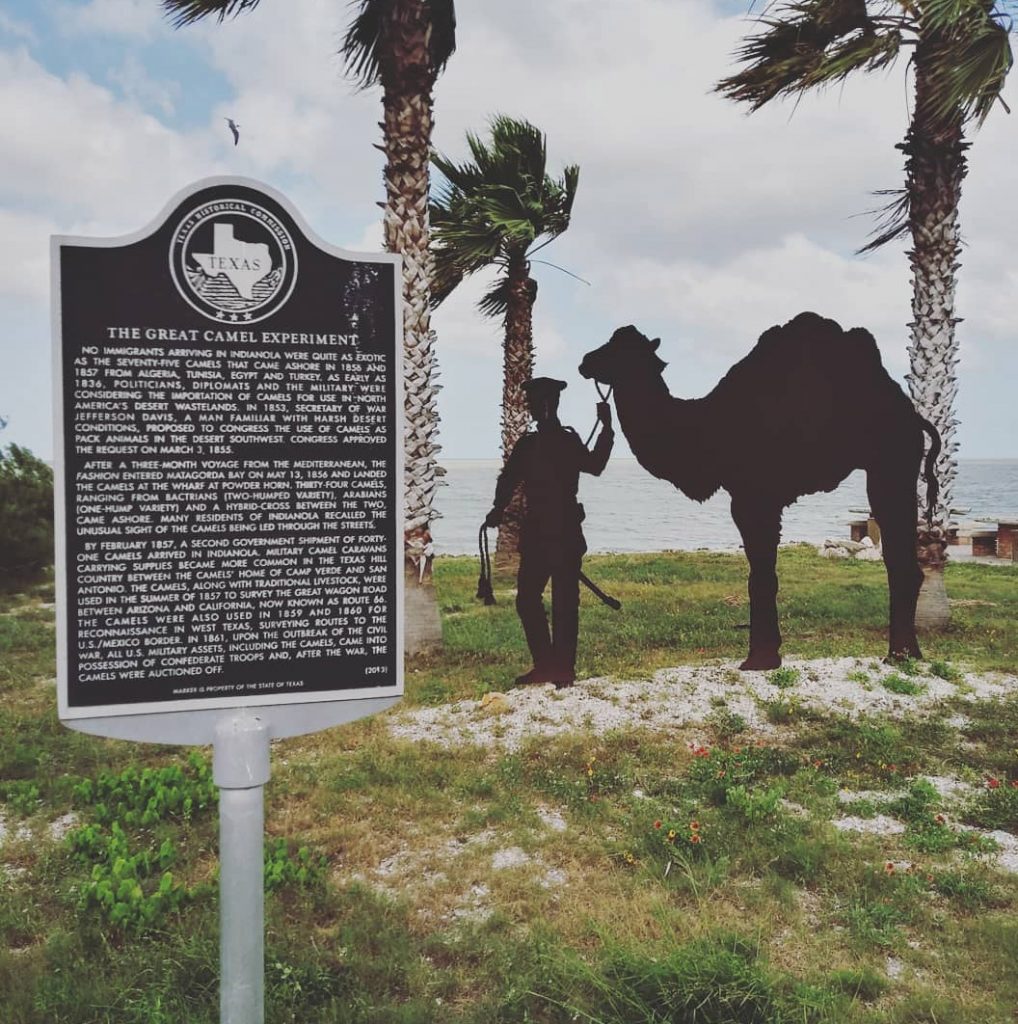The joys of working in an Archive are, at times, understated. The myriad collections that we hold in Special Collections and Archives allow us a glimpse into years and decades long since passed. You would think that this would be a dream for a Graduate Student in History. And in many ways, it is.
Yet, while working in the Archive, you find certain items that make you want to find the places talked about. For example, while we have collections devoted to events such as COVID-19 and Hurricane Harvey, our collections lack in other areas. A prime example being Indianola.
Indianola, a town situated on Matagorda bay, was, in many ways, intended to be Corpus Christi, due to its natural harbor, its location, and its population. But today, Indianola is little more than a Ghost Town, a warning, and an example.
Why, you may ask? Well, the short answer is that it was destroyed by a hurricane in 1886. But that was not the first storm to nearly destroy Indianola. That honor goes to the Hurricane of September 1875. When Indianola was destroyed in 1886, Galveston heeded the example of Indianola and asked for a Seawall, which went unanswered, leading to Galveston almost suffering the same fate in 1900. Despite the destruction, you can still visit Indianola.
On weekends, I, along with my friend, take road trips through South Texas, seeking out Texas State Historic Markers, and, if we are close enough, a Buc-ee’s for some brisket. But often, our drives take us down roads that seem to mark the beginning of a B-List horror movie, until we come across hidden gems.
One such road, TX-316 near Port Lavaca, TX brought us to the site of Indianola, and, by extension, to the Great Camel Experiment, a failed U.S. Army experiment that sought to bring Camels to the West in the hopes of improving travel with Pack Animals used to the desert.

To many, this is an incidental marker that you can find by Indianola Beach Park. But it’s far from a “One and Done”. A later drive through the Texas Hill Country proved that to us when we saw other allusions to the Camel Experiment, and even today, Camp Verde’s General Store has a camel as the symbol.
We never did find Indianola proper. What remains of the town now rests under the sea-green waves, with only a small fishing community left behind. Often, road trips that take you away from the interstates lead you to places you never thought you would find.
Other Road trips we’ve taken have revealed to us the birthplace of Ignacio Zaragoza, as well as a hanging tree in Goliad; the birthplace of President Lyndon B. Johnson in Johnson City and nearby Stonewall, a jail turned museum in Lockhart. Even the famous El Camino Real leading into San Marcos and New Braunfels.

It may take a little longer to reach your destination, but if you’re not in a hurry, you’ll find that leaving the monotony of the Interstate for the backroads will help time pass quicker, and, as a bonus, you’ll learn more about the history of the region.
History is anything but facts in a vacuum. It’s lives lived, stories told, and towns forgotten. So, the next time you have a weekend to yourself, take a road trip. Plan and know your route and take the backroads. You never know what you’ll find along the way…you may just find yourself knee deep in history, and you’ll see just how beautiful it is. Safe travels, y’all.


